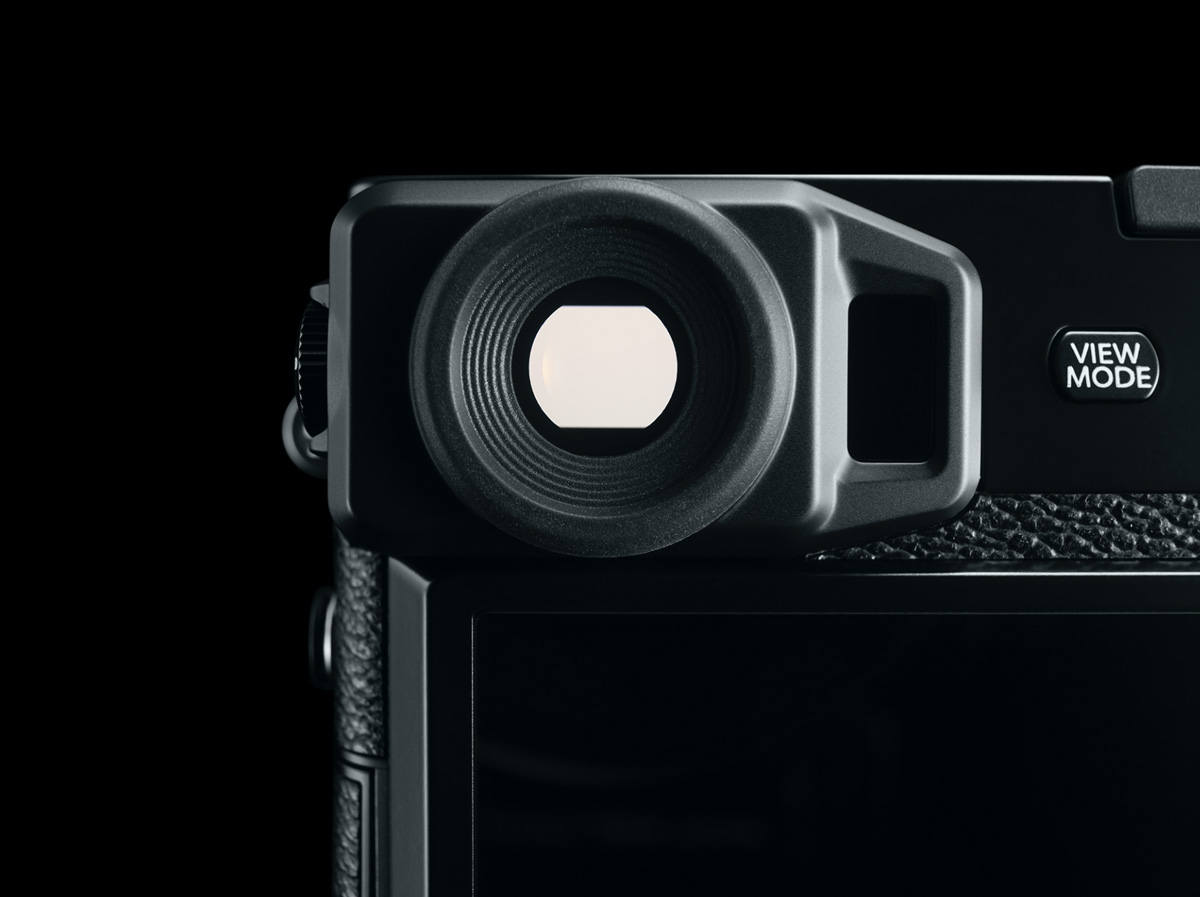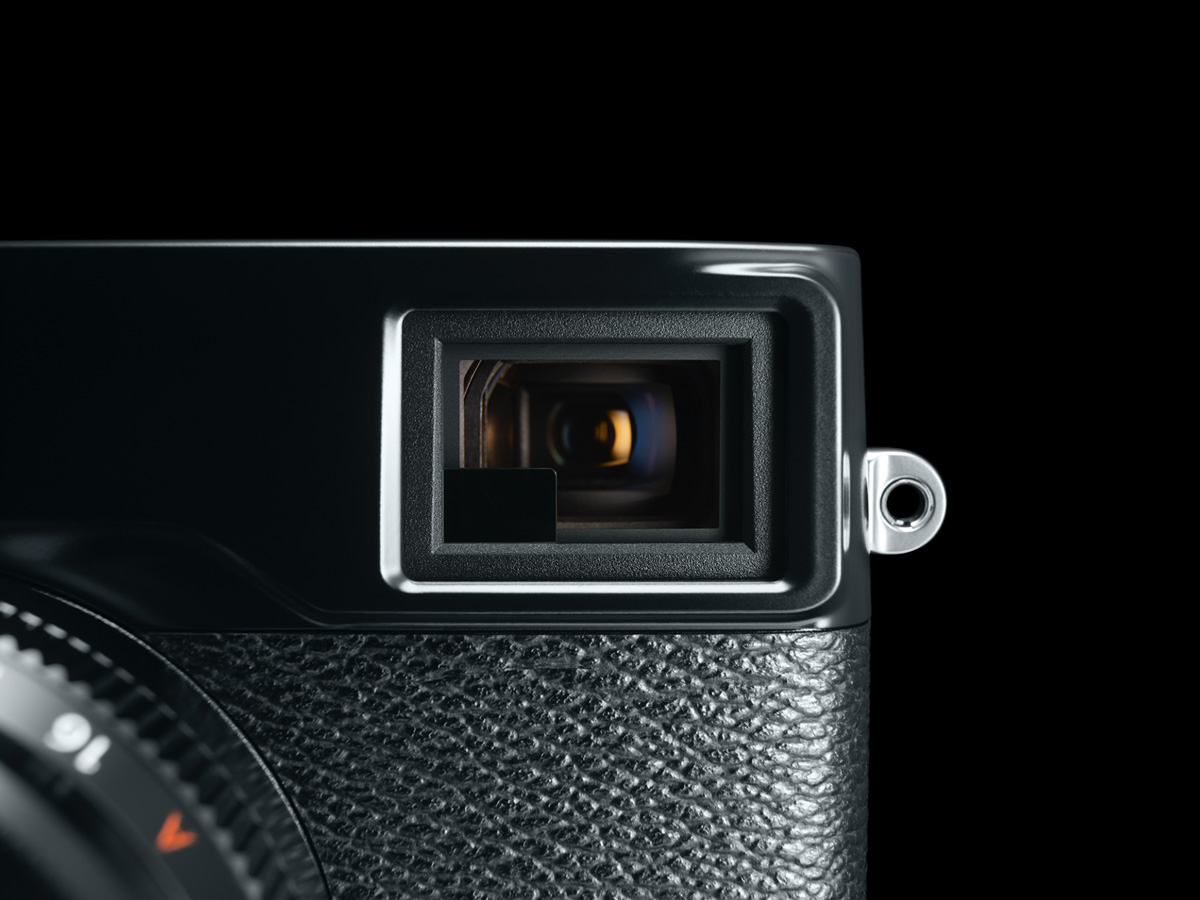
Advanced Hybrid Multi Viewfinder of X-Pro2 Part1
We are not trying to exaggerate when we say that we have put all the technology we have upon creating the X-Pro2. X-Pro2 is on the cutting edge of FUJIFILM from all aspects, and we have sought for the original “FUJIFILM” character in it. If we have to say what makes “X-Pro2” different from all the rest, then we would say it is the “Hybrid Multi Viewfinder (hereafter HMVF)”.
Why? because you will not find anything like it from any other cameras in the market. This feature is unique to X-Pro1 and X-Pro2.
With the HMVF, you can use OVF in the rangefinder style to see the optical image. You can also set it to EVF like a modern mirrorless cameras to see the 100% coverage of field of view. On top of it, you can also simulataneously view the two modes and change the magnification of the optical image depending on the focal length in OVF.
Maybe the viewfinder is packed with too many features. Of course, there are those who swears by it, but it was also true that there are also those who couldn’t find the need for the finder, saying the “HMVF looks great, but I see no need for it”.
In modern days, there are less and less photographers who sought for the rangefinder style camera, and the HVMF of X-Pro1 lacked diopter adjustment, which stopped many from trying to use the viewfinder.
There is the concept of “Field of view” to tell the performance of SLR-style finder. Professional high-end models achieves almost 100% coverage. The throughthe window view lets you see outside of the 100% field of view. This is one advantage. The outside of bright frame shown on the OVF (92% coverage for X-Pro2) can be checked.
We often say “Shoot” when taking a photograph. This is more of a SLR style way of photography. They “shoot” to get what they see in the 100% field of view.
Then, there is the “Snap” way of taking photograph, in which the through-the-window view is more appropriate. You view not only the 100% view but also outside of the frame to predict what the composition will be, and wait for the right moment.
Some disregard the OVF as you cannot check the focus or the depth of field. But this is also an advantage, if you think the other way around. You can also view all elements including that are out of depth of field.
With the SLRs that use phase-detection AF, you are viewing the maximum aperture view. It means that the image with depth of field that are shallower than human eye are displayed. This is one of the “Wow!” effect when you look through the SLR finder, but this may not be ideal when you think about the composition. The elements that are not in focus are lost as the blurred image, and you cannot check the depth of the photo.
If you want to make the subject stand out, then SLR style finder is the way to go, but if you want to tell a story about the subject with its surroundings, then the OVF is the better choice.
You can see the difference of “Shoot” and “Snap” way of photography in this aspect as well.
All this said, we are not trying to say which finder is superior. Because each has its own style of photography and subject. What we are trying to tell, is whether if we could grab the good part of the two finders? And the answer is simple: X-Pro2.
If you use the OVF, then it will be in the rangefinder-style, and if you use the EVF, then if will work like a SLR. And you can do both simulatenously if you wanted.
You can compose and wait for the moment through the view of window, and look into the small window at the bottom right to check the exposure. You can also enlarge the view to check the focus.
The front lever is the first thing that we would want you to try when you have the X-Pro2 in your hand. The camera will let you see a different expression just by moving the lever left and right.
Continue to read Part 2
Advanced Hybrid Multi Viewfinder of X-Pro2 Part2



















































